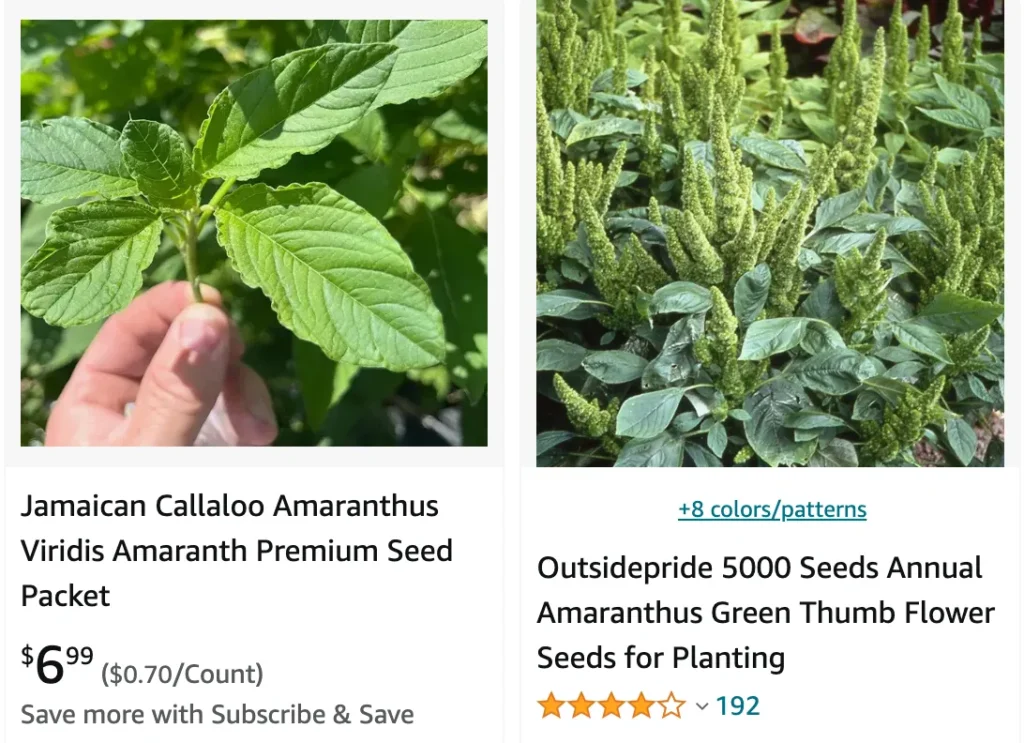Embracing the Enigma
As I walk through the meandering paths of my backyard, my eyes catch the vibrant hues of green amaranth, standing tall and proud. This inconspicuous plant, scientifically known as Amaranthus Hybridus, has become a fascinating subject of exploration for me. In this journey, I delve into the various facets of this green wonder, sharing personal experiences, discoveries, and reflections.
Encountering Amaranthus Hybridus in My Backyard
The first time I noticed Amaranthus Hybridus in my garden, its slender frame and smooth texture caught my attention. The glabrous or glabrescent nature of this plant gives it a unique charm, distinguishing it from other flora. Standing up to 2.5 meters in height, it seemed to assert its presence among the other plants, becoming an integral part of my backyard ecosystem.
A Journey through Distribution and Diversity
According to my actual experience, Amaranthus Hybridus was not native to my region. Originating as a pioneer plant in eastern North America, it has traversed continents, finding a home in Europe, Eurasia, and even parts of Central and South America. The versatility of this plant is astounding, adapting to various climates and establishing itself in disturbed habitats.

Unraveling the Taxonomic Puzzle
In my quest to understand the intricate details of Amaranthus Hybridus, I stumbled upon its taxonomic complexities. The plant is known for its extreme variability, with many other Amaranthus species believed to be natural hybridizations or derivatives of A. hybridus. It’s like nature’s own puzzle, each piece contributing to the overall biodiversity.
A Thorn Among the Blooms: Amaranthus Hybridus as a Weed
Despite its aesthetic appeal, I discovered that Amaranthus Hybridus is recognized as a harmful weed in North American crops. Interestingly, it is not particularly competitive and can be easily controlled. However, its presence in cultivated fields poses challenges for crop cultivation.
The Culinary Connection: Edible Treasures
One of the most intriguing aspects of Amaranthus Hybridus is its culinary significance. Drawing from my personal experience, I ventured into incorporating its seeds and cooked leaves into my diet. The knowledge that these elements are not only edible but also have a history of being used by Native American groups and in traditional African medicine adds a layer of cultural richness to my culinary exploration.
A Glimpse into Traditional Medicine
In my journey of discovery, I stumbled upon the traditional uses of Amaranthus Hybridus in medicine. Native American groups and practitioners of traditional African medicine valued this plant for its medicinal properties. Exploring the realms of Quelite quintonilli in Mexican food markets, I marveled at the interconnectedness of nature and human well-being.
The Botanical Symphony: Understanding Amaranthus Hybridus Anatomy
To truly appreciate Amaranthus Hybridus, I delved into its botanical details. The plant’s stems, leaves, and flowers form a harmonious symphony of shapes and colors. The lanceolate-linear bracts, membranaceous tepals, and the distinct obovoid utricles create a visual spectacle that adds to the plant’s allure.
From Soil to Plate: Cultivating Amaranthus Hybridus
As I explored the cultivation details, I realized that Amaranthus Hybridus is not just a wild beauty but also a potential crop. Originally from the tropics, it can thrive in various climates, provided it receives adequate sunlight and well-drained fertile soil. The plant’s adaptability to different temperatures and rainfall levels makes it a resilient contender in the realm of cultivation.
Navigating Hazards and Harvests
While the prospect of cultivating Amaranthus Hybridus is enticing, I encountered cautionary notes regarding its potential hazards. The plant, when grown on nitrogen-rich soils, has the tendency to concentrate nitrates in its leaves. This revelation adds a layer of complexity to its consumption, requiring careful consideration of its cultivation environment.
Medicinal Marvels and Astringent Teas
Venturing into the medicinal realm, I explored the astringent properties of teas made from Amaranthus Hybridus leaves. Used in the treatment of intestinal bleeding, diarrhea, and excessive menstruation, this unassuming plant revealed its healing potential. The convergence of traditional wisdom and modern medicinal insights paints a holistic picture of Amaranthus Hybridus.
Dyes and More: Amaranthus Hybridus Beyond the Plate
Beyond its culinary and medicinal uses, Amaranthus Hybridus offers additional utilities. The plant can yield yellow and green dyes, adding an artistic dimension to its multifaceted presence. This revelation showcases the plant’s versatility, transcending its role as a mere weed or crop.
Closing Thoughts: Nourishing the Body and Mind
In conclusion, my journey with Amaranthus Hybridus has been a captivating exploration of nature’s intricacies. From its weedy existence in North American crops to its role as a culinary and medicinal gem, this plant embodies the interconnectedness of ecosystems. As I continue to witness its growth in my backyard, I am reminded that every plant, even the seemingly ordinary, has a story to tell—a story that unfolds through its leaves, stems, and seeds, contributing to the rich tapestry of our natural world.



